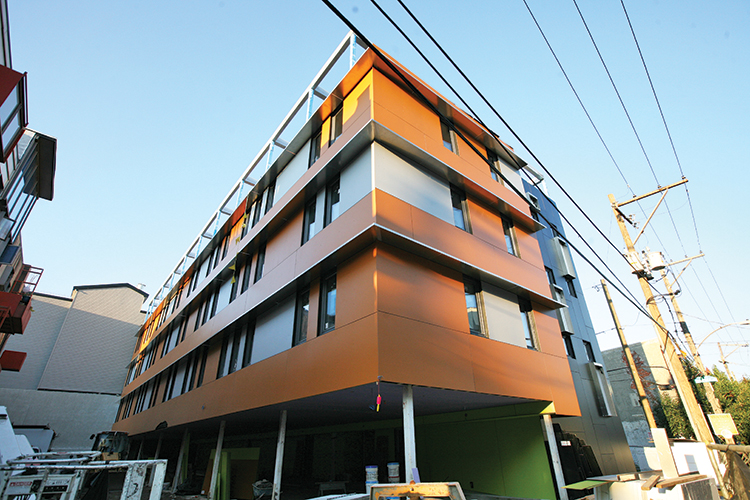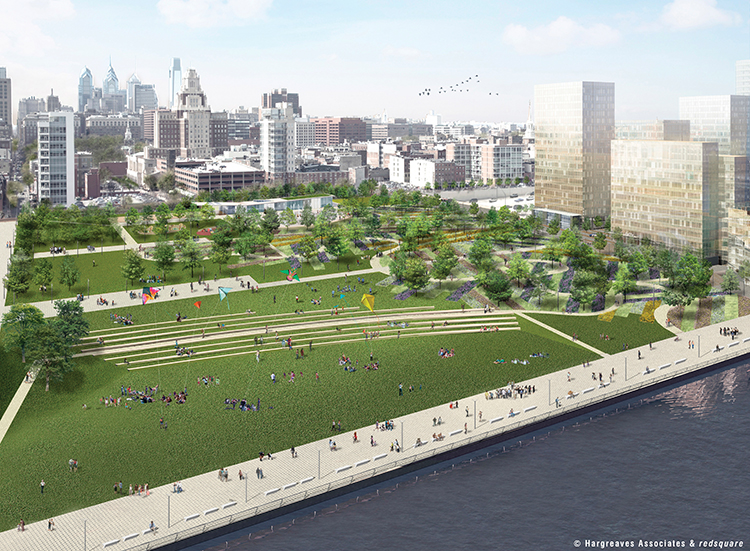Report: Almost 70,000 Clean Energy Jobs in Pa.
Nearly 70,000 people work in Pennsylvania’s clean energy sector, according to a report by the national, nonpartisan business group E2 (Environmental Entrepreneurs) and local partner Keystone Energy Efficiency Alliance.
The report, released Aug. 31, shows nearly 6-percent growth in clean energy jobs over the previous year’s report, which is higher than the state’s general employment growth rate and outpaces fossil-fuel jobs by about two-to-one.
“Clean energy isn’t a niche industry anymore; it’s a viable addition to our diverse energy portfolio,” said state Sen. Mario Scavello (R-40). “The clean energy sector offers communities—both rural and urban—the opportunity to retool, reposition and modernize our economy to attract 21st century jobs. We’ve had a great start, and in my district [in the Poconos] we have gone from 775 clean energy jobs last year to 900 jobs this year. We must continue this momentum.”
The report highlights several state and federal policies that bolster clean energy job growth, including: increasing Pennsylvania’s Alternative Energy Portfolio Standard, defending the state’s energy efficiency law (Act 129) and blocking cuts to the U.S. Department of Energy.
Phila. Land Bank Appoints First Full-Time Executive Director
The board of the Philadelphia Land Bank voted in August to make Angel Rodriguez its new executive director. He will oversee the organization’s 2017 strategic plan—approved by City Council in March—to redevelop vacant properties and support affordable housing, urban gardening and economic development.
Rodriguez, who most recently served as vice president of Asociación Puertorriqueños en Marcha, a community development corporation serving Northeast Philadelphia, is the first executive director to serve in a full-time, non-interim capacity.
Parking-Protected Bike Lane Opens in West Philly, Council Member Pushes Back
A 1.1-mile stretch of a parking-protected bike lane in West Philadelphia opened Aug. 29 on the north side of West Chestnut Street between 34th and 45th streets. The Bicycle Coalition of Greater Philadelphia had been pushing for the new bike lane—which is separated from motor vehicle traffic by 11 blocks of parking spaces—since 2011.
“My administration is committed to improving the design of streets to keep all residents safe,” said Mayor Jim Kenney at a press conference for the opening. “This effort includes the installation of protected bicycle lanes to provide safe and comfortable routes for Philadelphians of all ages and abilities. We are excited to introduce the first of this type of project in the city and we’ll be back in the coming years with more corridors citywide.”
This is the first major development in bike safety since Mayor Kenney pledged, during his run, to create more than 30 miles of protected bike lanes by 2021.
Since the installation, however, 3rd District Council Member Jannie Blackwell has said she reserves the right to remove the protected lanes after three months, citing complaints she’s received from residents.
In a plea urging residents to contact Council Member Blackwell’s office in support of the new bike lane, 5th Square, an urban PAC, wrote that the changes to West Chestnut Street were already “exhaustively, painstakingly negotiated with community stakeholders for over six years. The safe street planning process is broken and needs to be streamlined.”
Cuts to EPA Could Have ‘Immediate and Drastic Effects’ Locally
“Hollowing out the EPA would be a disaster for Pennsylvania,” reads a portion of the introduction to a report from the Environmental Defense Fund, which goes on to detail more than $225 million the state has received from the EPA for environmental protections between 2012 and 2016. Philadelphia has received more than $17 million in EPA grants during this time, including $5,591,247 for the Philadelphia Department of Public Health.
Christine Knapp, director of Philadelphia’s Office of Sustainability, told PlanPhilly that the EPA helps fund air- and water-quality programs in the city and that the proposed budget would have “immediate and drastic effects.”
PennEnvironment released a report in August regarding the effects of the proposed EPA cuts on the four Delaware Basin states—Pennsylvania, New Jersey, New York and Delaware. The Trump administration would eliminate nonpoint source pollution grants, which protect against runoff contamination, and these states would lose about $14 million in grants for the control of pollution such pollution.
Cuts to environmental protections are also being proposed at the state level. Pennsylvania’s Taxpayer Caucus—a group of fiscally conservative representatives—recently proposed a budget that would require special fund transfers, including transfers from Growing Greener Environmental Stewardship Fund, the Keystone Recreation Fund, Park & Conservation Fund and the Agricultural Conservation Easement Fund.
A Sept. 5 statement from Andrew Heath, executive director of the Pennsylvania Growing Greener Coalition, reads, in part:
“Each of these funds provide critical investments in local communities in order to address a growing list of conservation, recreation and preservation challenges facing the state… These funds go towards protecting our water, building our community parks and trails, maintaining our state parks and forests, protecting our family farms, promoting our state’s heritage and tourism, and much more… Many of the account balances referenced by the House members include funds obligated to projects, but not yet dispersed.”












